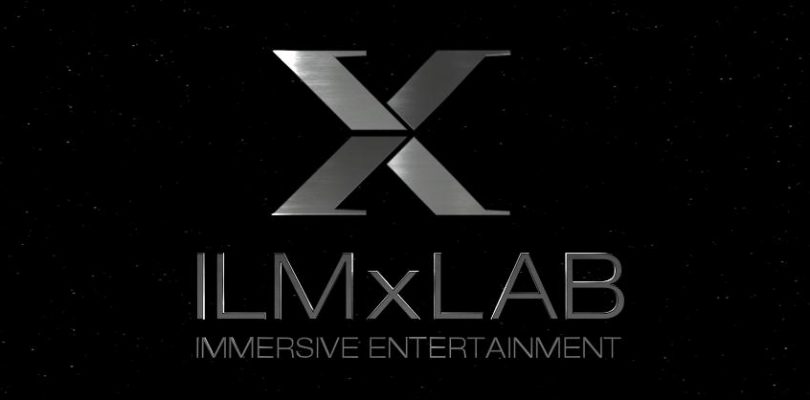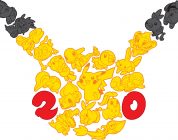Tijdens de GDC heeft ILMxLabs, een divisie binnen ILM, nieuwe technologieën laten zien die ze toe hebben gepast op de Unreal 4-engine. Een engine waar menig game op draait. Denk aan games als Sea of Thieves, Tekken 7 en Kingdom Hearts III. Echter, ILM staat bekend als ontwikkelaar van special effects voor films. Hun werk, bestaande uit films als Star Wars, Jurassic Park, Hook en vele, vele andere, spreekt voor zich. Met al deze nieuwe technologieën, gecombineerd met de game-engine van Epic, weet ILMxLabs wonderbaarlijk prachtige beelden te voorschijn te toveren. Het is haast alsof je naar een film kijkt…
Epic Games, in collaboration with NVIDIA and ILMxLAB, gave the first public demonstration of real-time ray tracing in Unreal Engine. Real-time ray tracing is considered to be a holy grail for those creating high-end cinematic imagery, and one that signifies a leap forward in the convergence of film and games.
During Epic’s “State of Unreal” opening session at the Game Developers Conference (GDC), the three companies presented an experimental cinematic demo using Star Wars characters from The Force Awakens and The Last Jedi built with Unreal Engine 4. The demonstration is powered by NVIDIA’s RTX technology for Volta GPUs, available via Microsoft’s DirectX Ray Tracing API (DXR). An iPad running ARKit is used as a virtual camera to draw focus to fine details in up-close views.
Epic built the computer-generated (CG) scene using assets from Lucasfilm’s Star Wars: The Last Jedi featuring Captain Phasma, clad in her distinctive armor of salvaged chromium, and two stormtroopers who run into her on an elevator on the First Order ship. In the tech demo, lighting is moved around the scene interactively, as the ray-traced effects including shadows and photorealistic reflections render in real time. The stunning image quality of highly reflective surfaces and soft shadows has never before been achieved at such a high level of image fidelity in Unreal Engine.
Next-generation rendering features shown in today’s demo include:
● Textured area lights
● Ray-traced area light shadows
● Ray-traced reflections
● Ray-traced ambient occlusion
● Cinematic depth of field (DOF)
● NVIDIA GameWorks ray tracing denoising


